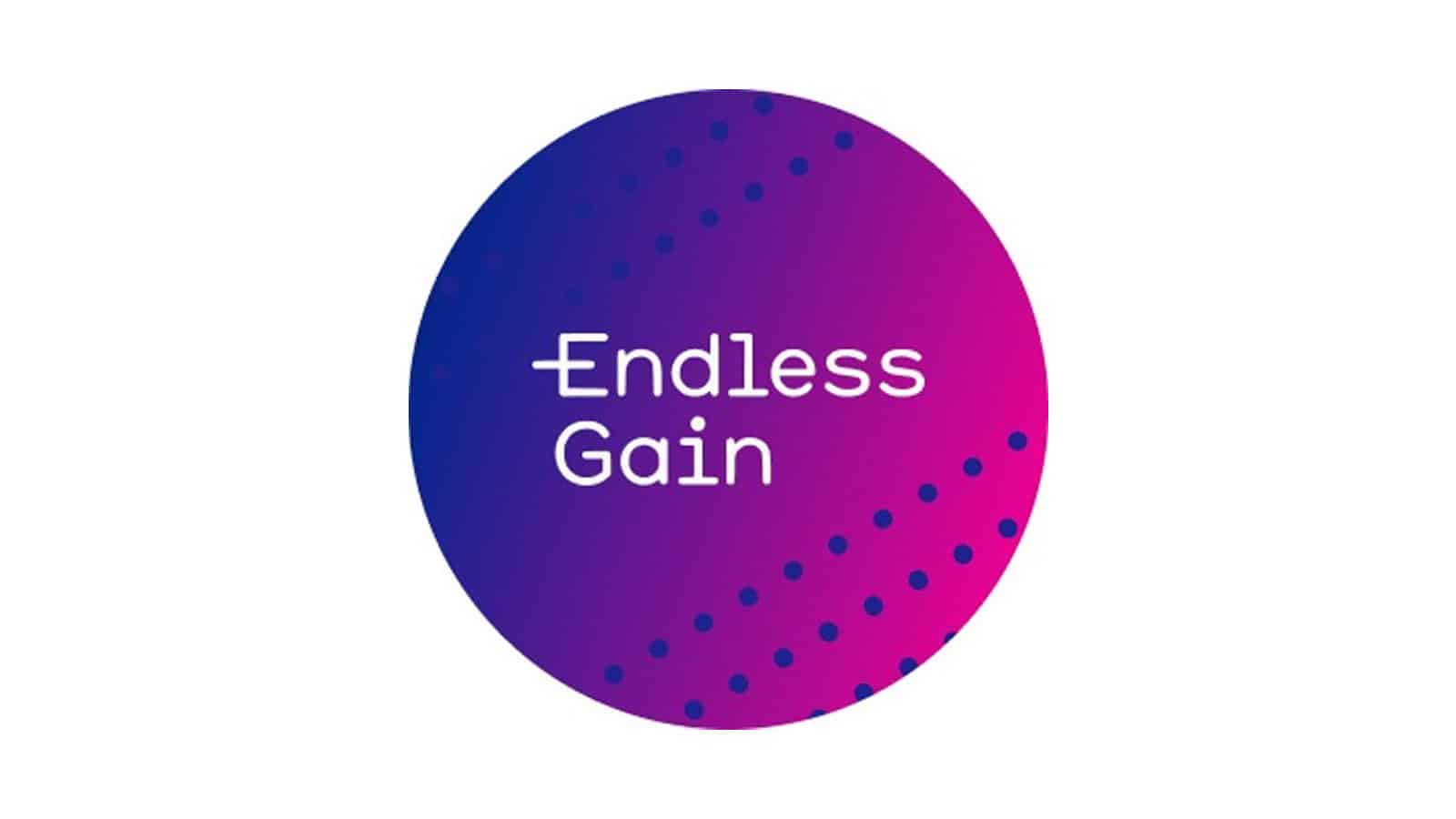The Race for Attention: Why Site Load Time Is Crucial
Abi Hough emphasizes the critical importance of website speed in retaining customers. Citing a BBC report, she notes that approximately half of users will abandon a website if it doesn’t load within three seconds, and the other half will leave after eight seconds. This highlights the shrinking attention spans and increasing expectations of modern consumers

Summary
Key Insights:
Factors Contributing to Increased Speed Expectations:
-
Improved Connectivity: Advancements in internet infrastructure, such as widespread 3G, 4G, and fiber-optic connections, have led users to expect faster load times.
-
Device Proliferation: The ubiquity of smartphones and tablets means users access websites on-the-go, expecting quick and seamless experiences.
-
Advanced Software and Infrastructure: Modern browsers and Content Delivery Networks (CDNs) have raised the bar for website performance.
-
Cultural Shift: Consumers have become “WHINERs” (Want to Have It Now via Easiest Route), desiring immediate access with minimal effort.
Strategies to Enhance Perceived Speed:
-
Progressive Loading: Implementing techniques like progressive JPEGs can make content appear faster to users.
-
Prioritized Content Delivery: Loading above-the-fold content first ensures users see meaningful information quickly.
-
Skeleton Screens: Using placeholders during content loading can reduce perceived wait times.
-
Psychological Techniques: Employing design strategies that make loading feel faster, even if actual speed isn’t improved.

Recent Comments